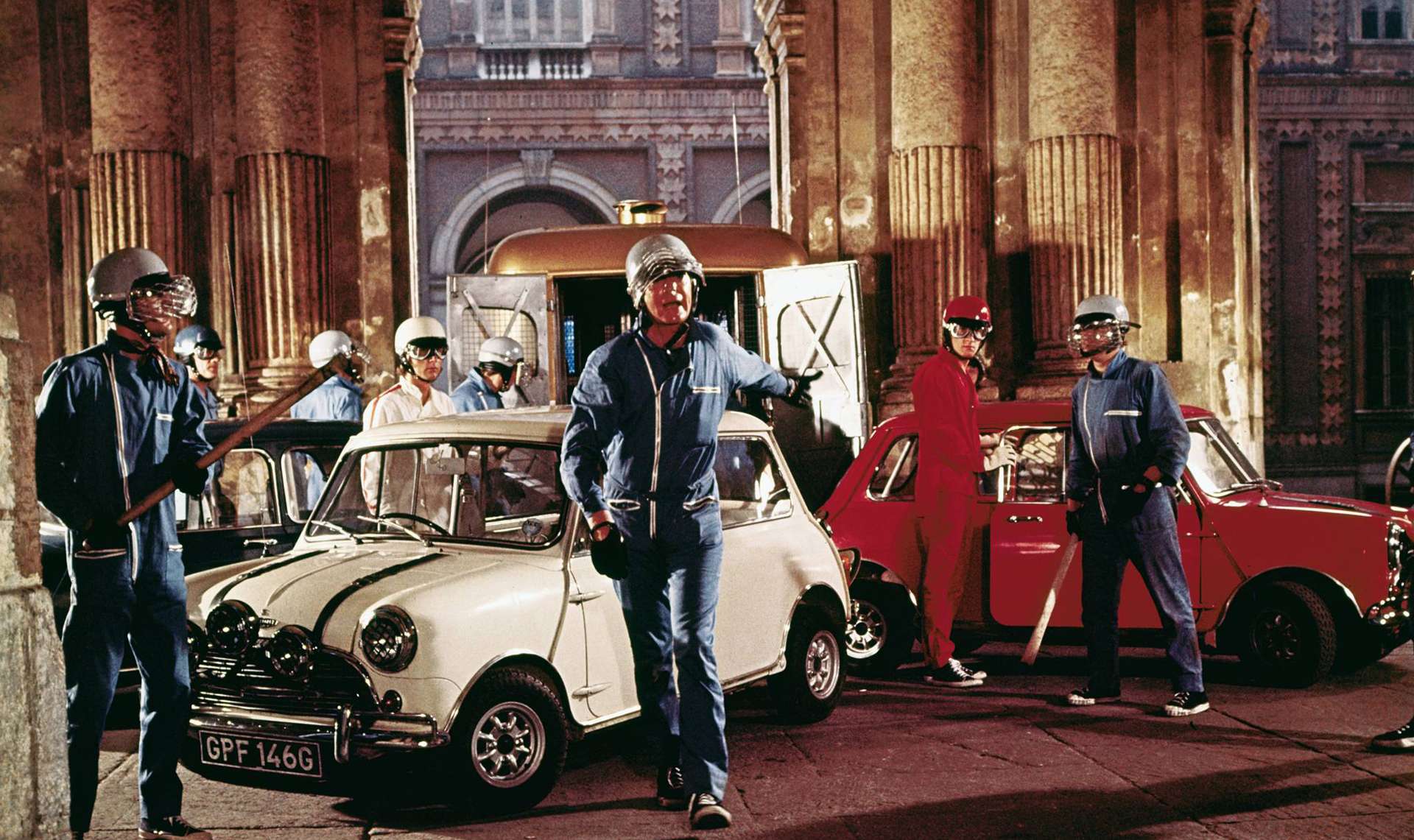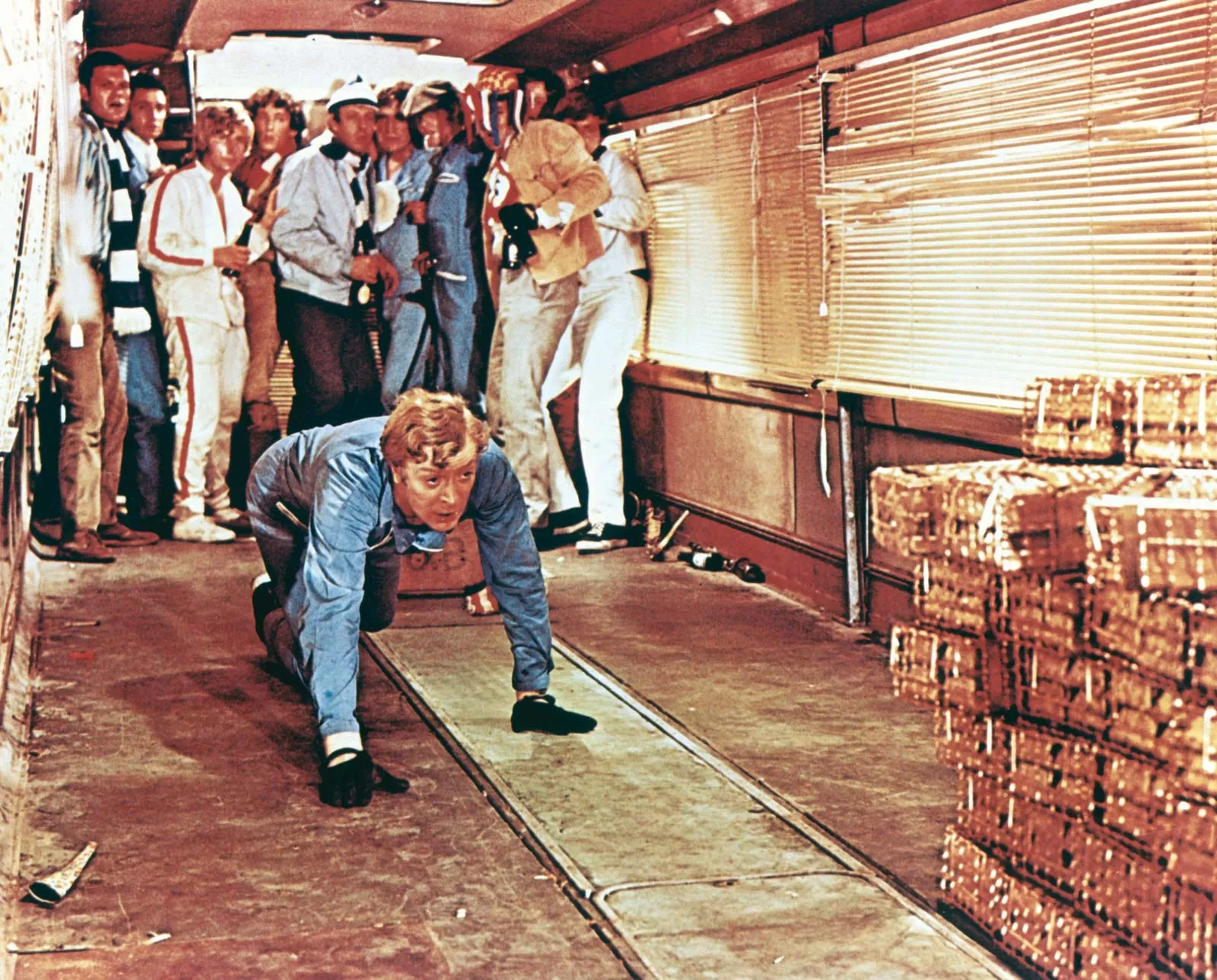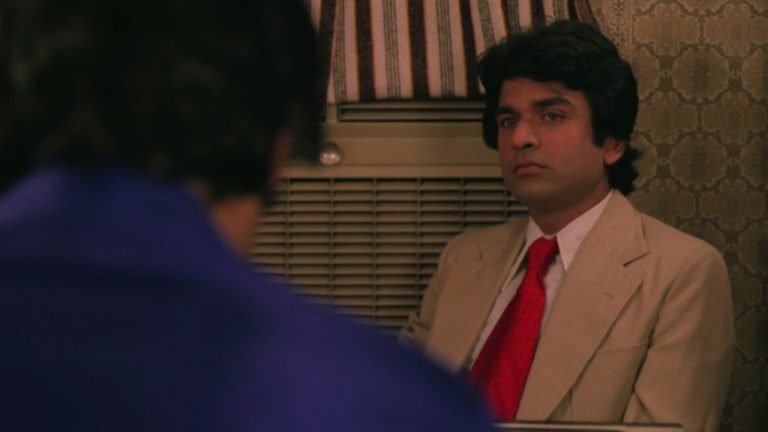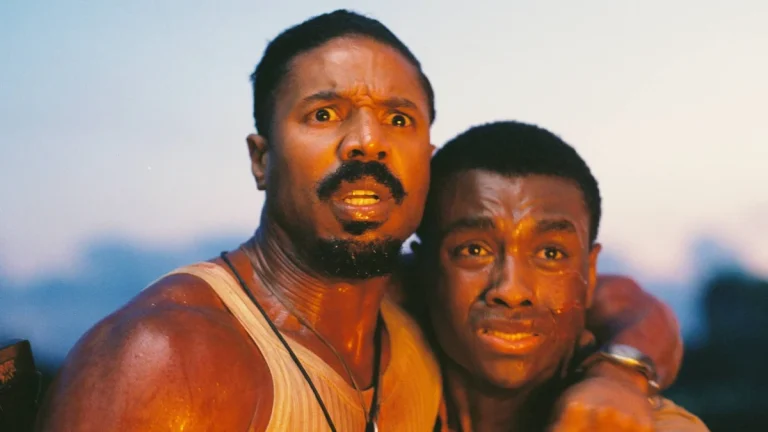If you are looking for a taste of Britain, I recommend trying out Marmite under the rain, or giving “The Italian Job” a watch – although that second option is probably safer. The caper film “The Italian Job” came out more than half a century ago, in 1969 to be precise. It was directed by Scottish filmmaker Troy Kennedy Martin and became a cult classic in the UK almost immediately. Unfortunately, the movie is not nearly as famous overseas, but it definitely deserves its cult status and is worth (re)watching. If you enjoyed “Ocean’s Eleven” (2011) and the other films of the saga, this is the perfect pick for you.
Iconic characters and brilliant performances
Moviegoers enjoy a good heist story: after all, few things are funnier than seeing a resourceful criminal meticulously planning out a con – especially since we all like to root for the underdog. “The Italian Job” gives us all of this and more. Here, the young Michael Caine is Charlie Croker, a charismatic conman who just got out of jail. Far from having changed his ways, Croker is determined to carry out a bigger, bolder, and messier job in Italy. He promises to his men that this will get them set for life, but this time, the young criminal has bitten off more than he can chew.
This premise is pretty straightforward, and “The Italian Job” makes a point of always staying simple. The film knows that it can rely on the exceptional performances of its actors: every supporting cast member is great in their own right (and Benny Hill himself has a small part), but Michael Caine and Noël Coward really steal the show. The former is hilarious as an over-confident and charming thief, who always has a backup plan and a funny quip when things go wrong. He even leads one of the first “hacker” attacks in the history of cinema.

Caine’s charisma alone makes the film worth watching, and only Noël Coward can surpass him. In what would be his last role before his retirement from acting, the late British performer plays Mr. Bridger, a sophisticated mastermind. Mr. Bridger might be serving a long sentence behind bars, but that does not stop him from running the show and bossing all the other inmates around. Better still, he controls the terrified wardens who obey his every command. However, you should not assume that Bridger is a rough crime lord: in fact, he is affable, well-mannered, and very, very fond of British royalty – to the point where he insists on having the Queen praised and has a personal shrine dedicated to her.
Quintessentially British, Noël Coward’s character is obsessed with elegance, punctuality, and schedule: combined with his criminal tendencies, these quirks make Mr. Bridger a truly unique mastermind. Caine and Coward are amazing together, and their banter highlights both the film’s self-aware humor and the complex personality of Mr. Bridger, who is ruthless yet always amicable. While the crime boss does not have a lot of screen time, every single one of his apparitions is iconic, and his character inspired many villainous masterminds that came after him. “The Italian Job” was remade in 2003: this modernized American remake offers an actionised version of the story, but it never quite manages to capture the same magic and tongue-in-cheek atmosphere. Said atmosphere is definitely the result of the actors’ preeminent place in the 1969 film, which allowed them to create truly memorable characters.
Less is more: how to craft the perfect heist film

As mentioned above, “The Italian Job” knows that less is more, and this applies to every aspect of the movie. It simply has to present to us the gorgeous Italian Alps and the nicest villas in Turin for the magic to happen. The film’s simple shots and its minimalist cinematography embrace both the beauty and the chaos of London and Italy in the 1960s. A true product of the era, “The Italian Job” feels like a trip to the past and Southern Europe all at once. While its locations would deserve their own article, the cars definitely steal the show.
The blue, red, and white Mini Cooper cars have (possibly) become more famous than the film itself: the brand was reportedly not too happy to see their vehicles used on screen at first, but the famous chase scene has since made the Minis iconic. The car chase itself is absolutely gripping and as always, it strikes the right balance between action and humor. Of course, the entire sequence – and the film – would not be the same without the original soundtrack.
Composed by the legendary Quincy Jones, Getta bloomin’ move on perfectly embodies the spirit of caper movies. In fact, all of Jones’ songs complement the action scenes perfectly, giving an upbeat pace to the film. You can also add to this an amazing opening song from Matt Munro, which will remind Bond aficionados of “From Russia with Love” (1963). Even if you do not feel like watching “The Italian Job,” you should give its score a chance.
There are many reasons to love the movie, though every time I rewatch it, I find myself wondering if having a popular idea before anyone else necessarily makes said idea good. This appears to be true because without giving too much away, one can say that the film ends on a massive cliffhanger. The climax will be considered as ending on a high note by some and as a frustrating conclusion by others. In any case, anyone who has seen “The Italian Job” knows exactly what I am referring to, and this is a testament to the film’s enduring appeal.







